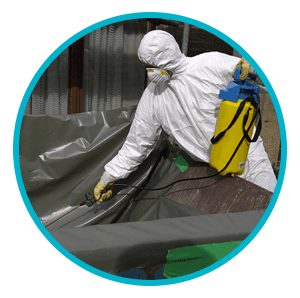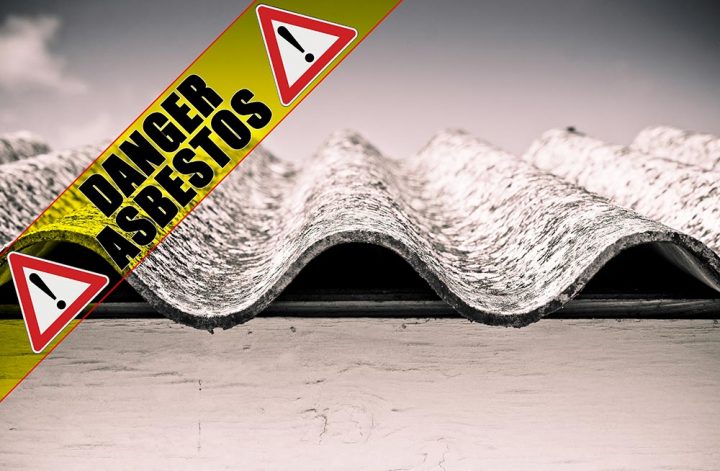Asbestos is the name given to a gathering of normally happening minerals found in rock developments. Three sorts of asbestos were mined in Australia: white, blue, and earthy-coloured asbestos. Asbestos Removal Oxford is the main platform where we can know more quickly. So people always prefer the standard things.

Huge stores were mined in Western Australia and New South Grains, and there were more modest activities in Tasmania and South Australia. Asbestos mining was halted in Australia by 1983 yet it is as yet mined in enormous amounts in numerous areas around the world. Mined asbestos just addressed a little extent of the asbestos utilized in
Australia (about 5%) and the mass was imported. Most of the asbestos (90%) utilized all through the world, including Australia, was white asbestos. Australia restricted the utilization or import of blue and earthy coloured asbestos or asbestos items during the 1980s and restricted all assembling or import of white asbestos items in December 2003.
Asbestos strands are solid, heat-safe, and have protecting properties. Bunches of mined asbestos can be loosened up down into strands or fiber packages and can be blended in with different materials, like concrete, to deliver an assortment of building items. Up to 90% of the asbestos delivered in or brought into Australia was utilized for the assembling of building items, particularly asbestos concrete materials.
Asbestos strands can be found noticeable all around from the breakdown of normal asbestos stores furthermore, made asbestos items. When airborne, little filaments might stay suspended in the air for quite a while and can be conveyed significant distances by the wind before settling down. Bigger strands and particles will in general settle all the more rapidly. Asbestos filaments don’t break up in water or travel through soil. They are by and large not separated into different mixtures and remain essentially unaltered over significant stretches. Asbestos-containing building items are delegated either ‘friable’ (delicate, brittle) or on the other hand ‘reinforced’ (strong, inflexible, non-friable).
Friable items
Friable asbestos items are for the most part very delicate and free and can be disintegrated into fine material or residue with exceptionally light pressing factor, like pounding with your hand. Such items generally contain undeniable degrees of asbestos (up to 100% on certain occasions), which is freely held in the item so the asbestos strands are effectively delivered into the air.
Fortified items
Fortified asbestos items are produced using a holding compound (like concrete) blended with a little extent (typically under 15%) of asbestos. Reinforced asbestos items are strong, unbending, and non-friable. The asbestos strands are firmly bound in the item and are not regularly delivered into the air. Normal names for such items are ‘fibro’, ‘asbestos concrete’, and ‘AC sheeting. In this aide, we allude to reinforced asbestos items as ‘asbestos concrete materials’ (or ‘asbestos concrete sheeting’).
When and where was asbestos utilized?
Friable asbestos items have been regularly utilized in business and mechanical settings since the last part of the 1800s for insulating, soundproofing, and protection. Some friable items that were additionally utilized in houses might, in any case, be found in houses worked before 1990.




